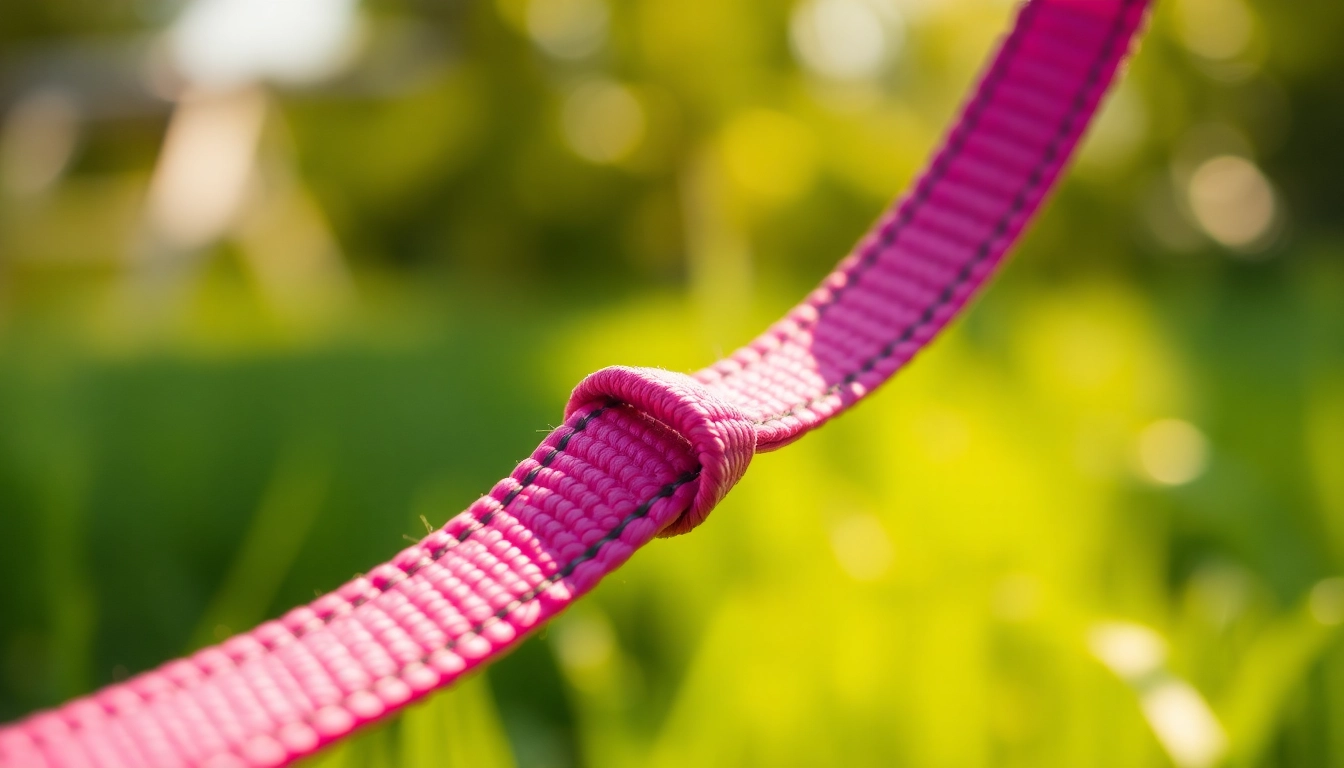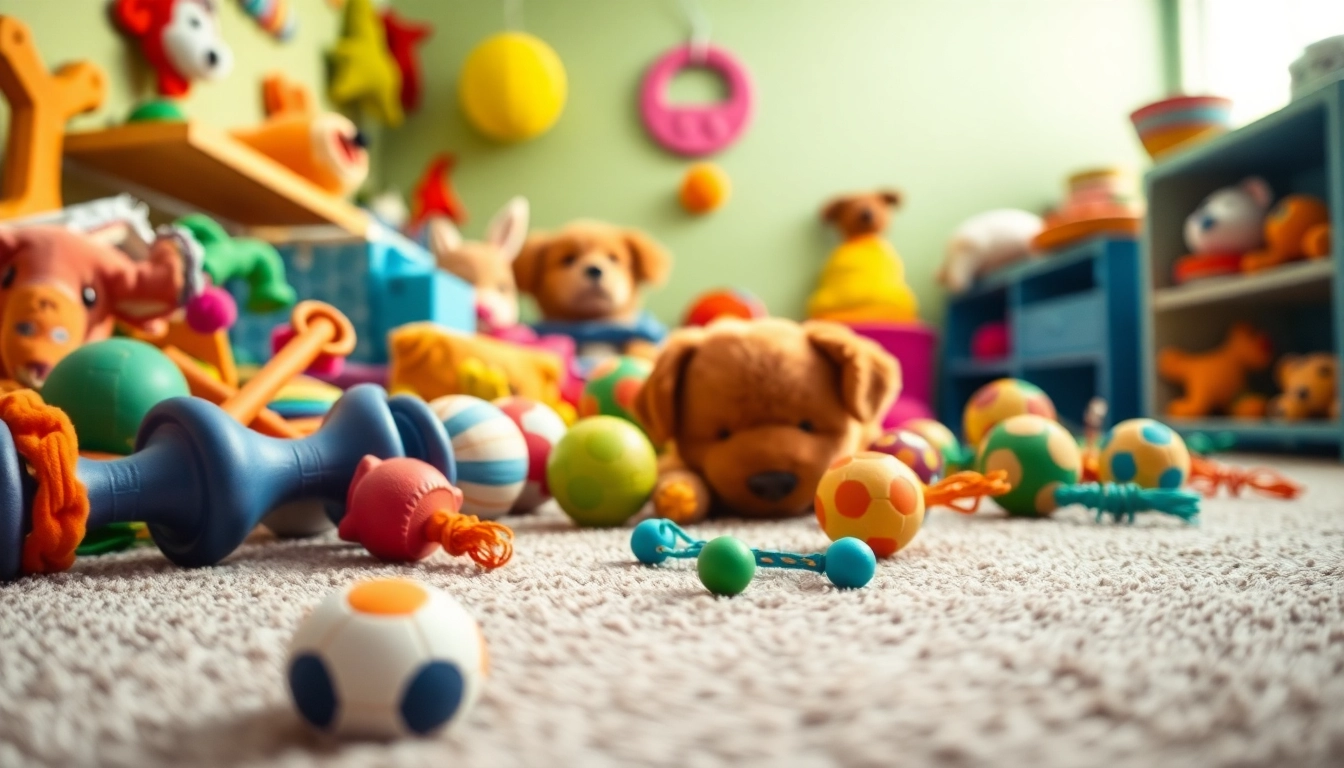Understanding the Importance of a Quality Puppy Leash
The experience of welcoming a puppy into your home is nothing short of magical. However, with that joy comes the responsibility of ensuring their safety and proper training. A reliable and well-fitted puppy leash is an essential tool in managing your pup’s behavior while on walks and in various environments. Understanding the significance of a quality leash helps pet parents lay a strong foundation for safe and enjoyable outdoor adventures.
Why Leash Training Matters for Puppies
Leash training is one of the first and most important lessons a puppy should learn. It not only fosters good behavior but also ensures safety both for the puppy and the people around them. A well-trained puppy is less likely to pull on the leash, reducing the risk of injury to themselves or their owner. Leash training helps establish boundaries, boosts confidence, and enhances the bond between you and your pet.
Features to Look for in a Puppy Leash
When selecting a leash for your puppy, consider several key features:
- Material: Opt for durable materials like nylon or leather that can withstand wear and tear.
- Length: A standard length for most everyday walks is four to six feet, providing enough control and space.
- Width: Choose a leash that is wide enough to handle your puppy’s size while being comfortable to hold.
- Snap Hooks: Ensure that the snap hook is sturdy and secure to prevent accidental breakage.
- Reflectivity: A leash with reflective materials enhances visibility during nighttime walks.
Common Mistakes in Leash Selection
Many pet owners make several common mistakes when selecting a leash for their puppies. Here are key errors to avoid:
- Choosing the Wrong Length: A leash that is too short can strain on the puppy, while one that is too long may result in lack of control.
- Neglecting Material Quality: A low-quality leash may wear out quickly or break, posing safety risks.
- Ignoring Puppy Growth: Always consider your puppy’s growth potential; a leash suitable for a 10-pound puppy may not suffice for a 50-pound adult dog.
- Overlooking Comfort: A leash without adequate padding or grips can cause hand fatigue during extended walks.
Types of Puppy Leashes: Which One is Right for You?
Standard Leashes: Pros and Cons
Standard leashes are the most commonly used and offer simplicity and durability. Typically made from nylon or leather, these leashes provide a solid grip and are suitable for everyday use.
Pros: They offer great control and are less likely to tangle. They’re also available in various widths and lengths to accommodate different breeds.
Cons: They may not allow for much freedom for your puppy to explore, which can lead to frustration for more energetic dogs.
Retractable Leashes: When to Use Them
Retractable leashes offer a unique flexibility, allowing puppies some freedom to roam while still under a handler’s control. They consist of a cord that extends and retracts as needed.
When to Use: These leashes are great in parks or open spaces where a puppy can safely explore more of their surroundings.
Considerations: Caution is advised in crowded or busy areas due to potential tangling, and they are not recommended for training purposes as they promote pulling behavior.
Specialty Leashes for Specific Needs
Some puppies have unique requirements, making specialty leashes the ideal choice. Options include:
- Long line leashes: Perfect for training recall over larger distances.
- No-pull leashes: Designed to discourage pulling by applying pressure on different areas of the dog’s body.
- Adjustable leashes: Allowing for easy length alteration to suit various situations or training exercises.
How to Measure and Fit Your Puppy for a Leash
Choosing the Right Length and Width
Finding the appropriate length and width for your puppy’s leash is crucial. The ideal leash should be long enough to give your puppy room to explore while ensuring you maintain control. Generally, a width of 1 to 1.5 inches works well for small to medium breeds, while larger breeds may require wider leashes for better grip and durability.
Adjustability and Comfort Features
Adjustable leashes can be beneficial, especially for puppies that may still be growing. Make sure the leash has comfortable grips to minimize hand fatigue during walks. Look for a leash that offers padded handles for additional comfort, especially during longer walks.
Testing the Fit: Ensuring Safety
Once you’ve chosen a leash, test its fit with your puppy on a few walks. Monitor how your puppy reacts to the leash; they should not be able to escape or pull effectively from the collar. A good fit should allow for enough movement while still being controlled, contributing to your puppy’s overall comfort.
Leash Training Techniques for Puppies
Basic Commands to Teach Your Puppy
Start with basic commands using the leash, such as “sit” or “stay.” Begin in a quiet space with minimal distractions, using treats or toys to reward desired behaviors. Once your puppy masters these commands while on leash, you can gradually introduce them to more stimulating environments.
Dealing with Pulling and Distractions
Puppies are naturally curious and can get easily distracted, leading to pulling on the leash. To counter this, practice using a firm yet gentle approach. Stop walking when your puppy pulls, and only move forward when the leash is relaxed. This technique helps your puppy understand the desired behavior over time.
Using Positive Reinforcement Effectively
Positive reinforcement is key in leash training. Always reward your puppy with treats or praises when they walk nicely on the leash. Developing consistent praise will foster an eager-to-please mentality in your puppy, resulting in faster learning and a stronger bond.
Maintaining and Caring for Your Puppy Leash
Cleaning and Sanitizing Your Leash
Regularly cleaning your puppy leash is crucial, as it can accumulate dirt, bacteria, and odors. Depending on the material, clean it using mild detergent and warm water. For fabric leashes, machine washing may be possible, while leather leashes should be wiped down with a damp cloth and treated with a leather conditioner.
When to Replace Your Leash
Always inspect your leash for signs of wear and tear. If you notice fraying, frayed snaps, or significant damage, it is time to replace the leash. A worn leash can break at crucial moments, placing your puppy at risk.
Storing Your Leash Properly
Storing your leash properly helps maintain its longevity. Keep it in a dry place, away from direct sunlight, to prevent fading or deterioration of materials. Hanging the leash on a hook can also help ensure it doesn’t tangle and remains ready for your next adventure.



